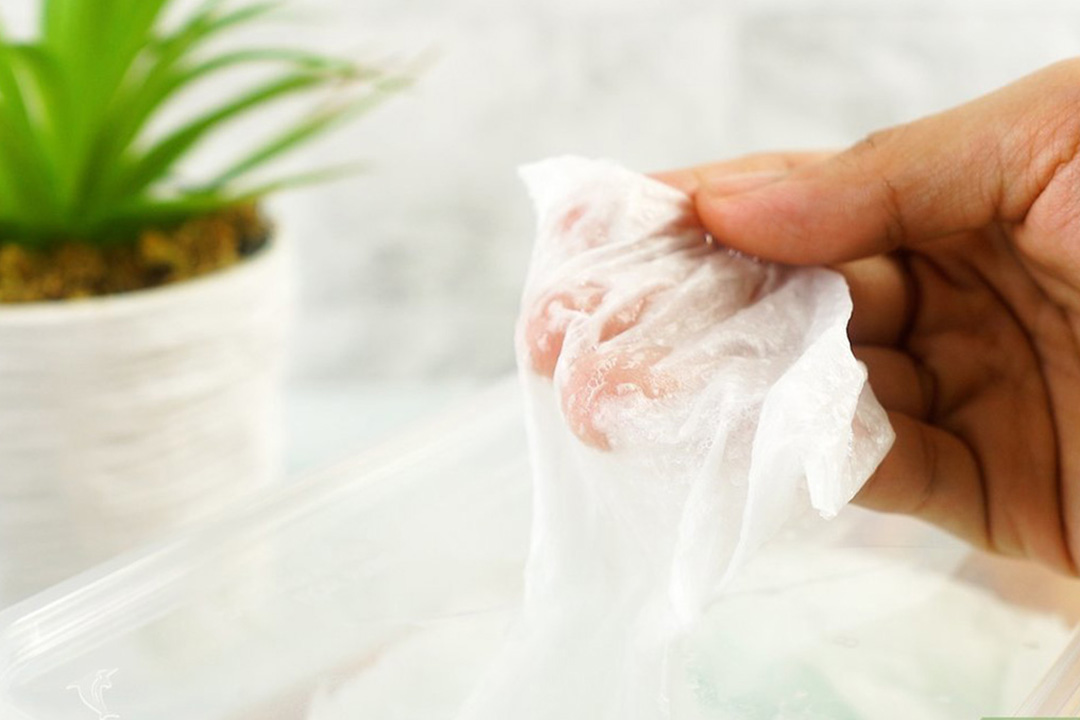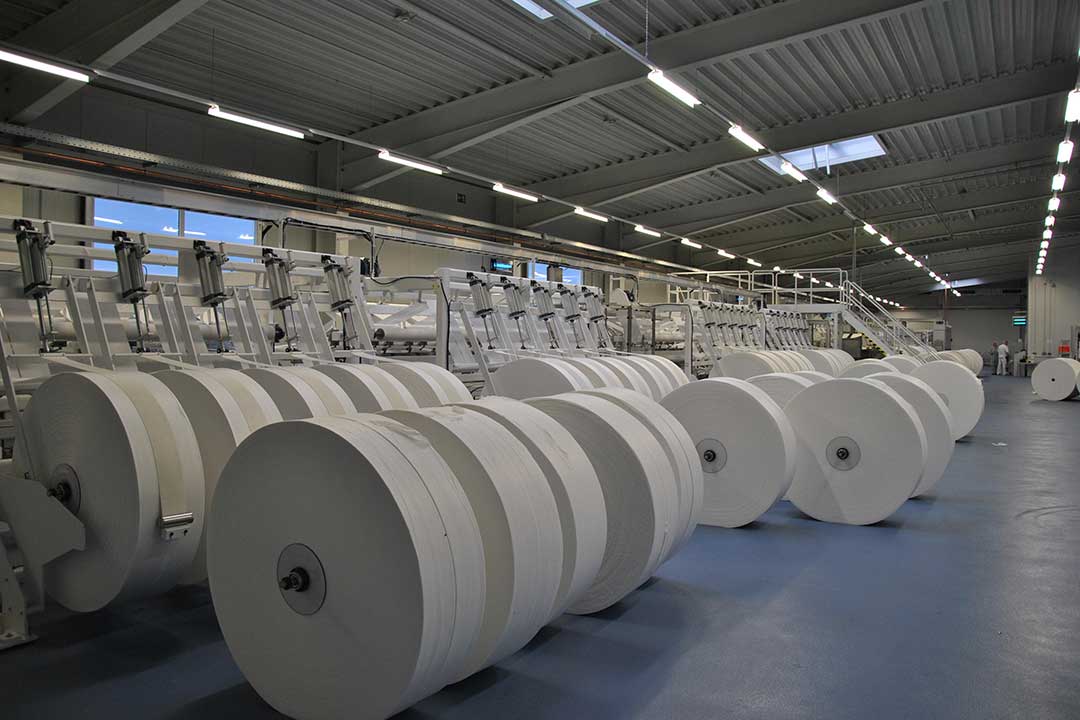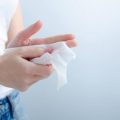How to Make Baby Wet Tissue?
Baby wipes are disposable cloth used to clean the baby's sensitive skin. These fabrics are made of non-woven fabrics, similar to those used in dryers, saturated with a mild detergent solution. Baby wipes are usually sold in plastic buckets to keep the cloth moist and easy to dispense. After having the baby, the mother always wants to buy the best baby wipes for the baby. What kind of wipes is the best? A lot of people don't have a clear understanding. However, if you know the production process of wipes, it will help you choose the best baby wipes. Next, we will introduce the wet tissue paper manufacturing process in detail.
Wet tissue paper manufacturing process
- One dry-laid process is the "meltblown" method, which is used to make non-woven fabrics from plastic resins. In this method, plastic pellets are melted and then extruded, or forced through tiny holes, by air pressure. As the stream of fibers cools, it condenses to form a sheet. Hot metal rollers are used to flatten the fibers and bond them together.
- A wet-laid process is typically used for softer cloth wet wipes material, like diaper wipes, that use cotton blends. In this wet process, the wet wipes materials are made into liquid slurries with water and other chemicals. The resultant paste is pressed into flat sheets by rollers and then dried to form long rolls of fabric. These rolls are then further processed and slit into narrow widths and then perforated or cut into individual sheets. The finished cloths are classified by their dry weight that is at least 1.4 oz/in2 (40 g/m2). Absorbency of the wipes is also an important requirement (quality wipes can absorb between 200% and 600% of their weight in solution).

Sensitive baby wet wipes making
Formula preparation
The ingredients used in the wet wipes solution are prepared in large batch tanks. Depending on the formula requirements, the tank is charged with the first ingredient which is usually water. The tank may be heated during manufacturing to facilitate the blending of powders that must be dissolved or other solids that must be melted. The other ingredients are added sequentially and mixed until homogenous.
Non-woven treatment
- Once prepared, the non-woven cloth is fed from storage rolls onto coating machinery, where the cleansing solution is applied. Several methods can be employed in this process. The cleansing solution can be added by running the fabric through a trough of the solution, or sheets of fabric that may be sprayed with the formula from a series of nozzles.
- Alternatively, individual towelettes may be packaged in sealed foil pouches. In this process, sheets of laminated foil are fed into automated equipment which folds them into a small pouch and heat seals three sides to form an open envelope. Simultaneously, another conveyor line feeds the non-woven cloths into the pouch. A liquid feed mechanism, including conduits extending through the stuffing bars, injects moisturizing liquid into the towelette packet simultaneously with the stuffing of the towelette material.
- Immediately following this operation, another heat sealer closes the pouch tightly.
- Wet wipes packaging operations
- The finished cloth automatically folds, stacks, and transfers to the wet wipes package bag.

Wet wipes production process
Quality Control
Every part used in most sensitive baby wipes must pass a series of quality checks during manufacturing. Improper sealing or plastic packaging must not be guaranteed as a result of improper sealing. The non-woven fabric must be evenly shaped and meet the specific tear strength requirements. In addition, the cleaning solution must be thoroughly tested before manufacturing. The development chemist evaluates the product to ensure its shelf stability without any adverse chemical reactions. They also have to test the formula to make sure it meets the mild requirements. The most reliable method to test the mildness is called the human repetitive injury patch test (HRIT). Volunteers usually test a range of ingredients on their forearms. The patch material was then used to seal the area and the dermatologist or clinician evaluated the area after a specified time. Any redness or inflammation was assigned a value, and all team members scored an average. A low average score, such as 0 or 1, indicates that the product is basically non-irritant.
Before adding ingredients to the batching tanks, they should be tested to ensure that they meet all relevant specifications. During the manufacturing process, each component is checked and weighed before it is added to the batch. The final batch is then tested again for basic specifications such as pH, viscosity, and microbial content.
The production process of Yeesain wipes is made through a series of strict production processes, so you can rest assured to use it. If you need the most sensitive baby wipes, please contact us as soon as possible.




